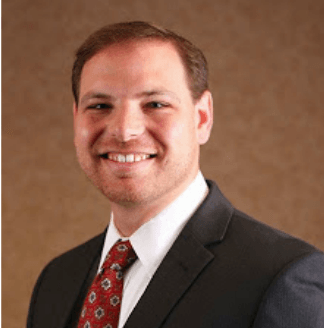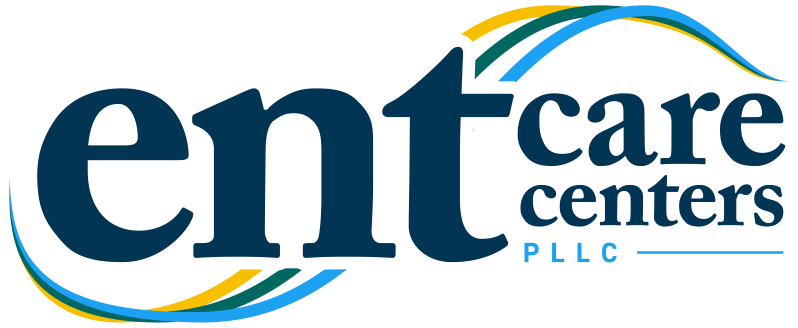What is the VivAer® procedure?
If you have nasal obstruction, the nasal valve may be narrowed and causing difficulty breathing. The Vivaer procedure is a minimally invasive procedure, often performed awake and in the office, to relief nasal congestion. A heating element is applied to the surface of the inner lining of the nose to remodel the cartilage support of the nose.

How is the VivAer® procedure performed?
The VivAer® procedure utilizes low-level radiofrequency energy on the surface just inside the nostrils to contour the lower lateral cartilage. The nasal passages are numbed with topical anesthetic to limit discomfort.
Is the VivAer® procedure painful? The procedure is typically well tolerated awake in the office. Pain is limited with topical anesthesia. You will likely experience some crusting at the area, so moisturization of the area is important until the surgical site heals.
Your doctor will go over expectations for the procedure and give you postoperative instructions. Clinical trials have shown lasting improvement in nasal congestion.
How long does VivAer® last?
The effects of the VivAer Nasal Airway Remodeling treatment are designed to be long-lasting. Is VivAer permanent? The procedure reshapes the cartilage in your nasal passages; however, it is important to note that each individual's body may react differently, and there may be changes due to aging or other factors. Always consult with your doctor for more personalized information.
Who performs VivAer® procedure in Louisville, KY?
VivAer® procedure in Louisville KY is performed by otolaryngologists like Dr. Thomas S. Higgins, MD, MSPH, who has locations in Louisville, KY and Jeffersonville, IN at Kentuckiana ENT, a Division of ENT Care Centers. If you want to see a rhinologist and specialized sinus surgeon, that provides the care you can trust,
request an appointment with us.





